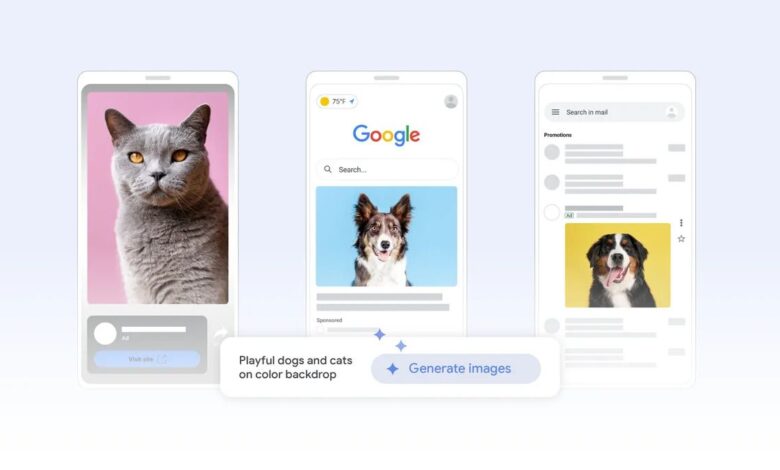Google just equipped YouTube and Gmail advertisers with generative AI

Summary
- Google’s main revenue source is still ads, with over 77% of 2023 revenue coming from advertising.
- Advertisers can now create visuals with generative AI tools for ads on YouTube, Discover, and Gmail.
- AI-generated ads are on the rise, providing advantages to advertisers but raising concerns about fake ad proliferation.
Despite Google’s attempts to diversify its business portfolio, especially by entering the hardware market with Pixel devices, advertising has remained the tech giant’s main source of revenue. It’s estimated that over 77 percent of Google’s revenue in 2023 is generated from ads. With that in mind, the firm needs to please advertisers to keep them spending more dollars on ads. As annoying as it might sound, advertisers on YouTube and Gmail can now rely on generative AI to create more compelling visual storytelling.
What is generative AI?
An agent of the human will, an amplifier of human cognition. Discover the power of generative AI
Last year, Google launched the so-called Demand Gen campaign to help advertisers craft better visual touchpoints with their targeted audiences. As Google notes on its blog, Demand Gen is now getting generative image tools to let YouTube, Discover, and Gmail advertisers create images with text prompts.
The tool is powered by Google AI and can turn your text prompts into images. This functionality seems familiar if you’ve previously used AI chatbots like ChatGPT or Gemini. The process is also pretty straightforward. Click “Generate images” to choose images for your Google Ads campaign. Then, write a description of your desired image. The tool can produce various versions in just a few seconds.
AI-generated ads might not be the best idea, but like it or not, they’re coming
Moreover, the tool allows you to create similar versions of a high-performing image through the “Generate more like this” feature. Meanwhile, Google reassures advertisers that its AI tool will never create identical images, emphasizing its ability to produce unique campaign content.
Source: Google
As for the users’ rights, Google says all images produced by Google Ads image generator will have an open-standard markup and SynthID to let users know AI generated them. This is meant to prevent advertisers from deceiving users by creating fake images.
The generative image tool on Google Ads is a great advantage to advertisers. Meanwhile, on the user’s side, it could mean people will see more ads for products and services that don’t actually exist. Combating fake ads generated by AI might be a new playground for Google and its safety teams.
Google’s AI image generator is also expanding its role beyond creating images for advertising campaigns. For example, it can now help you buy clothes online by finding related products that match your description.




